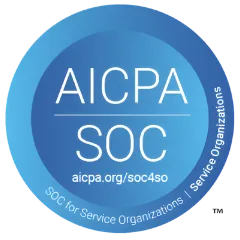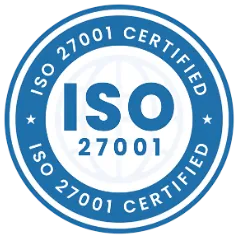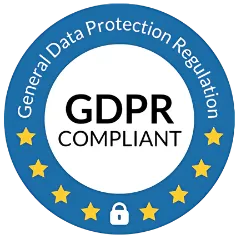In the world of non profit asset management, managing assets effectively is crucial for sustaining operations, maximizing the impact of donations, and ensuring compliance with legal and regulatory requirements. Unlike for-profit businesses, non profit organizations often operate with limited resources, making it essential to optimize the use of every non profit asset they own. This comprehensive guide will explore the key aspects of nonprofit asset management, highlighting its benefits, challenges, and best practices.
Understanding Asset Management for Non-Profit Organizations
Nonprofit asset management refers to the systematic process of managing, tracking, and optimizing the use of assets within a non profit organization. These assets can include physical items such as buildings, vehicles, equipment, and inventory, as well as intangible assets like intellectual property and digital resources. For non-profits, effective asset management ensures that resources are used efficiently to fulfill the organization’s mission while maintaining transparency and accountability to donors, stakeholders, and regulatory bodies.
Key Benefits of Effective Asset Management for Non-Profits
Effective non profit asset management offers several significant benefits that help organizations operate more efficiently and achieve their goals:
- Enhanced Resource Allocation: By tracking and managing assets effectively, non-profits can allocate resources more efficiently, ensuring that every donation is used to its fullest potential.
- Improved Financial Management: Proper asset management allows non-profits to maintain accurate financial records, leading to better budgeting, forecasting, and financial reporting. This accuracy is crucial for maintaining donor trust and securing future funding.
- Increased Transparency and Accountability: Non-profits are often required to demonstrate how donations and resources are used. An effective asset management system provides detailed records of asset utilization, ensuring transparency and accountability to donors, regulators, and the public.
- Cost Savings: By optimizing the use and maintenance of assets, non-profits can reduce operational costs, avoid unnecessary purchases, and extend the lifespan of existing assets.
- Regulatory Compliance: Non-profit organizations must comply with various laws and regulations, including those related to asset management, taxation, and financial reporting. Effective asset management helps ensure that the organization meets all legal and regulatory requirements.
Common Challenges in Non-Profit Asset Management
Despite its benefits, non profit organizations often face several challenges when it comes to asset management:
- Limited Resources: Many non-profits operate with tight budgets and limited staff, making it challenging to implement and maintain comprehensive asset management systems.
- Lack of Expertise: Non-profits may lack the expertise needed to manage assets effectively, leading to inefficient use of resources and potential compliance issues.
- Inadequate Technology: Some non-profits rely on outdated or inadequate technology for asset tracking and management, resulting in data inaccuracies and operational inefficiencies.
- Complex Regulations: Non-profits are subject to complex regulations regarding asset management, taxation, and financial reporting. Navigating these regulations can be difficult, particularly for smaller organizations.
- Donor Expectations: Donors increasingly expect transparency and accountability in how their contributions are used. Non-profits must balance these expectations with the practical challenges of managing assets effectively.
Effective Strategies for Asset Management in Non-Profits
To overcome these challenges, non profit organizations can implement several effective strategies for nonprofit asset management:
- Invest in Asset Management Software: Modern non-profit asset management software can help organizations track and manage their assets more efficiently. Features like real-time tracking, automated alerts, and detailed reporting can simplify the asset management process and reduce the risk of errors.
- Regular Audits and Assessments: Conducting regular audits of assets ensures that all resources are accounted for and used effectively. These audits can also help identify underutilized assets that can be repurposed or disposed of to save costs.
- Training and Development: Providing training for staff and volunteers on asset management best practices can help non-profits improve their overall efficiency and compliance with regulations.
- Establish Clear Policies and Procedures: Developing and implementing clear policies for asset acquisition, maintenance, and disposal can help non-profits manage their resources more effectively and ensure consistency across the organization.
- Leverage Community Resources: Non-profits can often access community resources, such as volunteer expertise or donated technology, to enhance their asset management capabilities without incurring significant costs.
How Asset Management Benefits Non-Profit Organizations
Benefits of Asset Management are numerous and directly contribute to the success and sustainability of non profit organizations:
- Maximizing Impact: By ensuring that all assets are used efficiently and effectively, non-profits can maximize the impact of their programs and services, reaching more beneficiaries with the same resources.
- Building Donor Trust: Transparent and effective asset management builds trust with donors by demonstrating that their contributions are being used responsibly and for their intended purposes.
- Supporting Growth: As non-profits grow, effective asset management becomes increasingly important for scaling operations, managing more complex projects, and expanding services.
- Ensuring Long-Term Sustainability: Good asset management practices help non-profits avoid waste, reduce costs, and maintain financial stability, ensuring that the organization can continue its work for years to come.
Best Practices for Asset Management in Non-Profit Organizations
Implementing best practices asset management in non profit organizations is essential for achieving the benefits outlined above:
- Asset Tracking and Inventory Management: Utilize non profit asset tracking tools to maintain an up-to-date inventory of all assets. This tracking should include details such as location, condition, value, and usage.
- Lifecycle Management: Manage the entire lifecycle of each asset, from acquisition to disposal. This includes regular maintenance, timely upgrades or replacements, and proper disposal or donation of assets that are no longer needed.
- Documentation and Record Keeping: Keep detailed records of all asset-related transactions, including purchases, donations, maintenance, and disposals. This documentation is critical for financial reporting, audits, and compliance with regulations.
- Engage Stakeholders: Involve key stakeholders, including board members, donors, and staff, in asset management decisions. This engagement ensures that the organization’s asset management strategies align with its mission and goals.
- Use of Cloud-Based Solutions: Consider cloud-based asset management solutions that provide flexibility, scalability, and remote access to asset data. Cloud solutions can also reduce IT costs and improve collaboration across multiple locations.
Also Read: Preserving Wildlife: How Asset Infinity Aids Conservation Efforts
Conclusion
Effective nonprofit asset management is essential for ensuring that resources are used efficiently, transparently, and in alignment with the organization’s mission. By implementing the strategies and best practices asset management outlined in this guide, non profit organizations can overcome common challenges, maximize their impact, and build trust with donors and stakeholders. Investing in modern asset management tools and technologies will help non-profits achieve long-term sustainability and success.
Frequently Asked Questions (FAQs)
What is a non-profit organization?
A non-profit organization is a legal entity that operates for purposes other than generating profit. Non-profits typically focus on social, educational, charitable, or religious activities, and any revenue generated is reinvested into the organization’s mission rather than distributed to owners or shareholders.
Will this software be beneficial for small-size non-profit organizations?
Yes, asset management software can be highly beneficial for small-size non-profit organizations. It helps manage donations, track and distribute resources, oversee collection and distribution efforts, manage centers and kitchens, streamline donation drives, and ensure compliance with taxation and legal requirements. Even with limited resources, small non-profits can use asset management software to enhance efficiency, transparency, and accountability, ultimately improving their impact and sustainability.


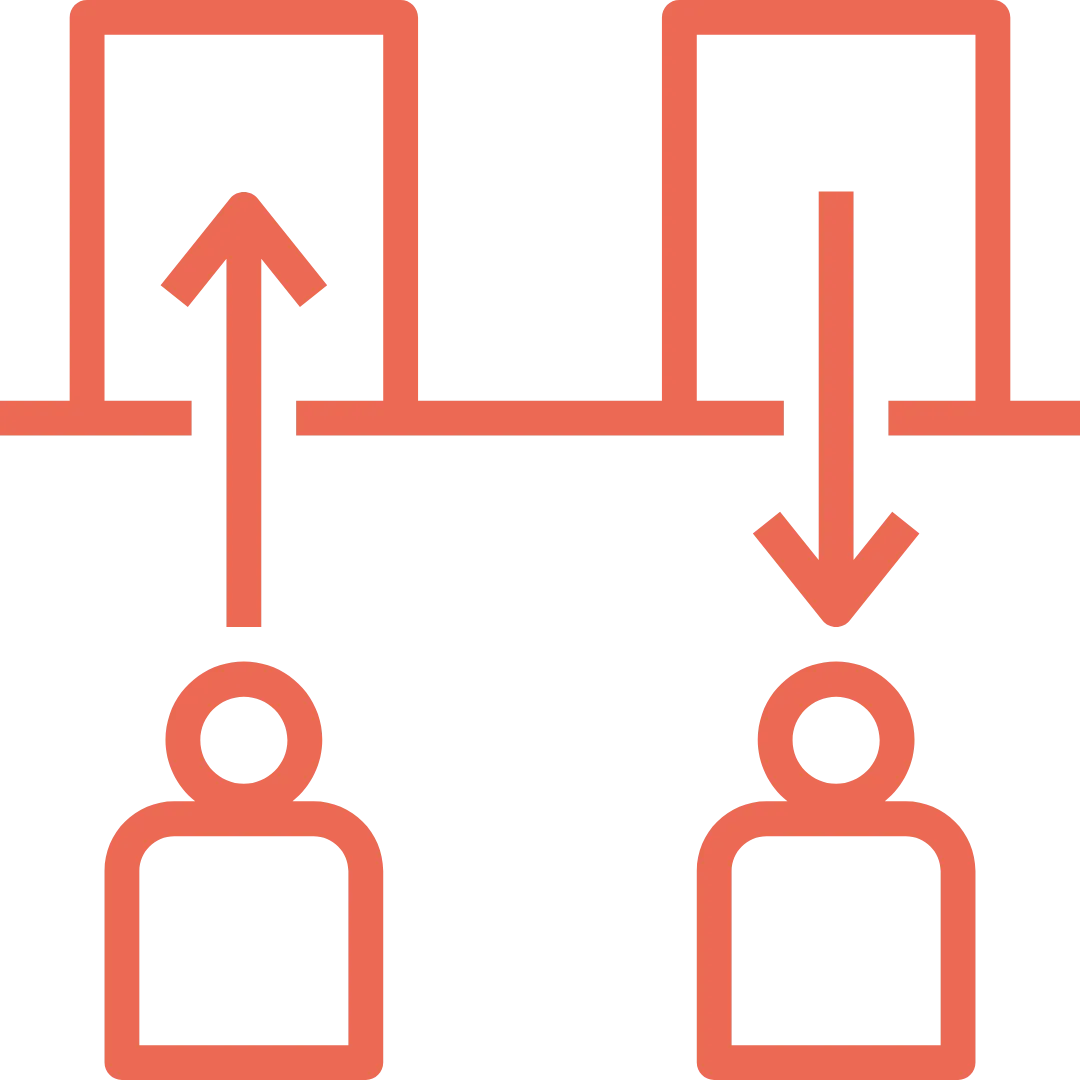









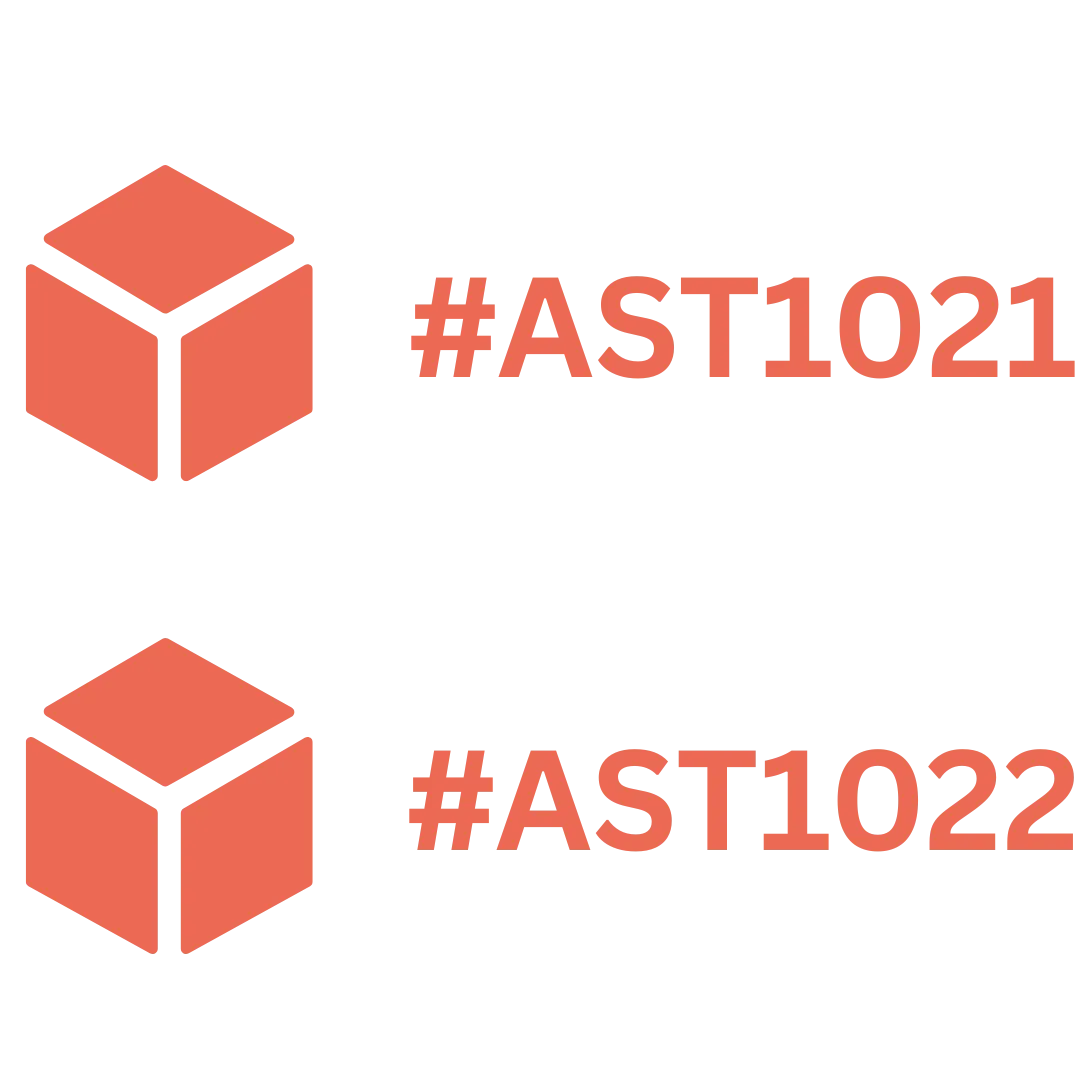





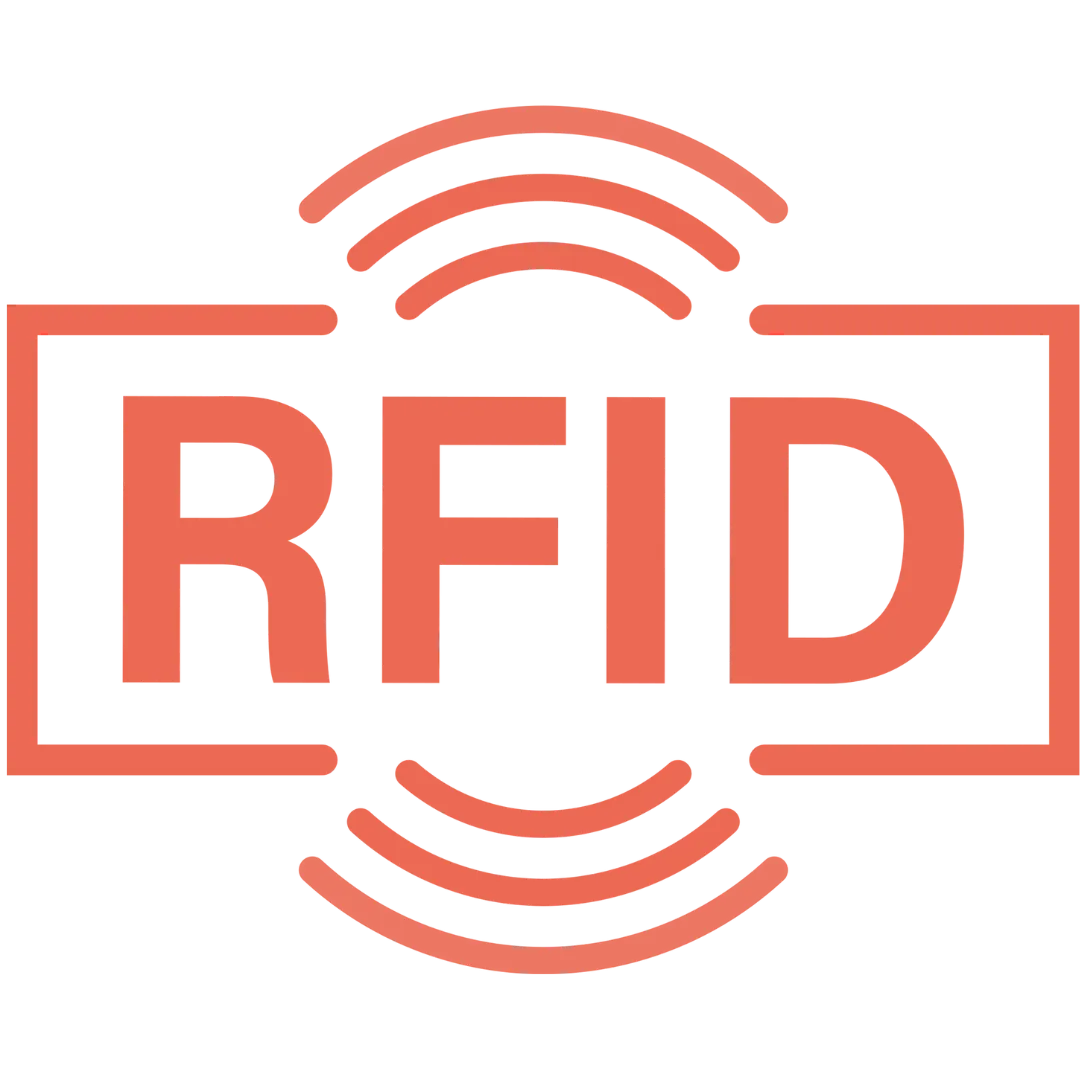






























.webp)
.webp)
.webp)
.webp)
.webp)
.webp)
.webp)
.webp)
.webp)

.svg)




.webp)
.webp)





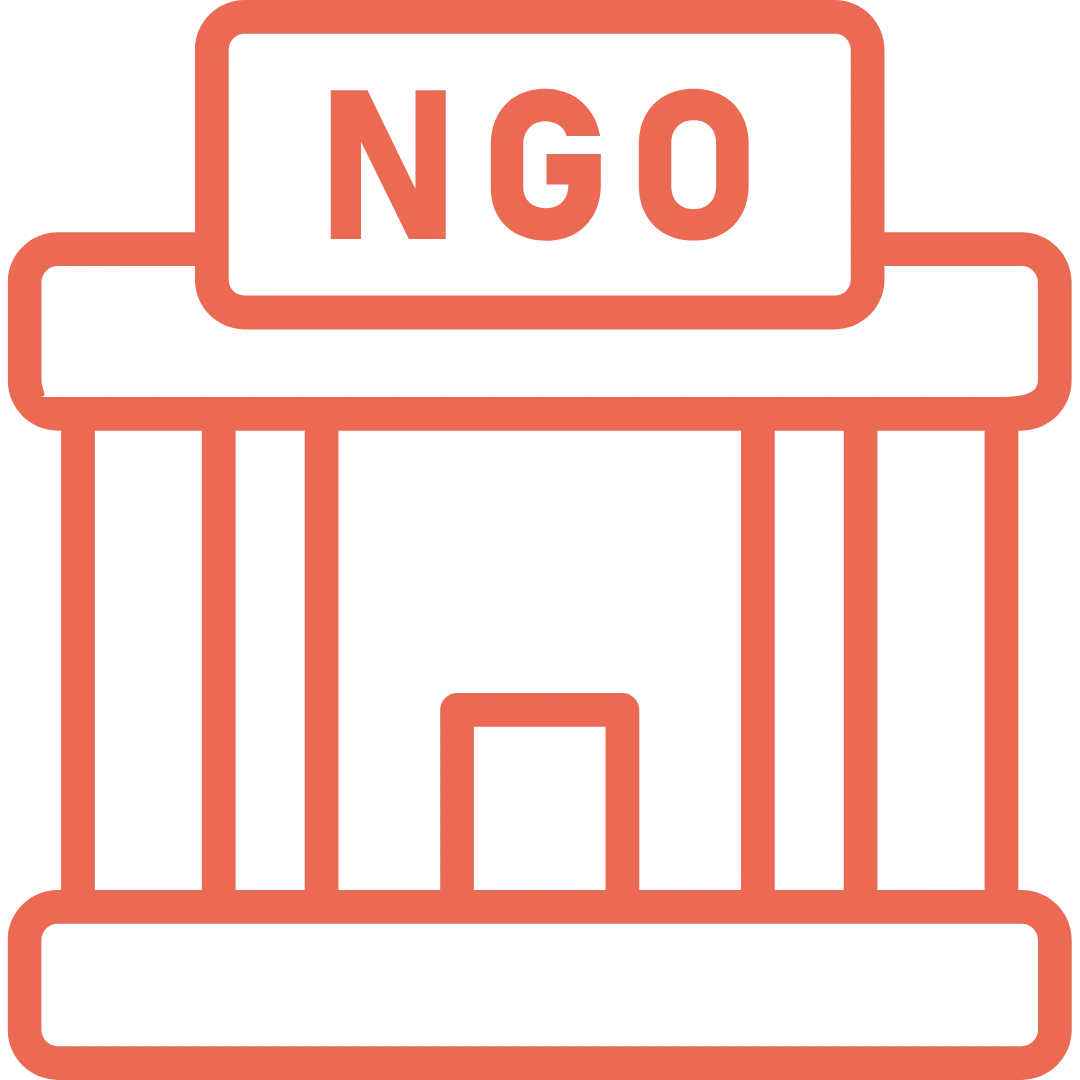





































.png)




.webp)

















